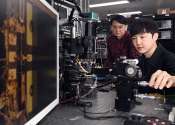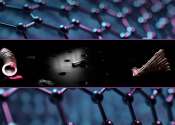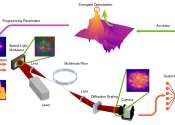A light source device to address the current data explosion
ETRI's researchers have pioneered the development of light source devices that can be utilized in mega/hyper data centers and 5G/6G mobile communication base stations. The technology innovated by the research team can transmit ...
Feb 19, 2024
0
26









